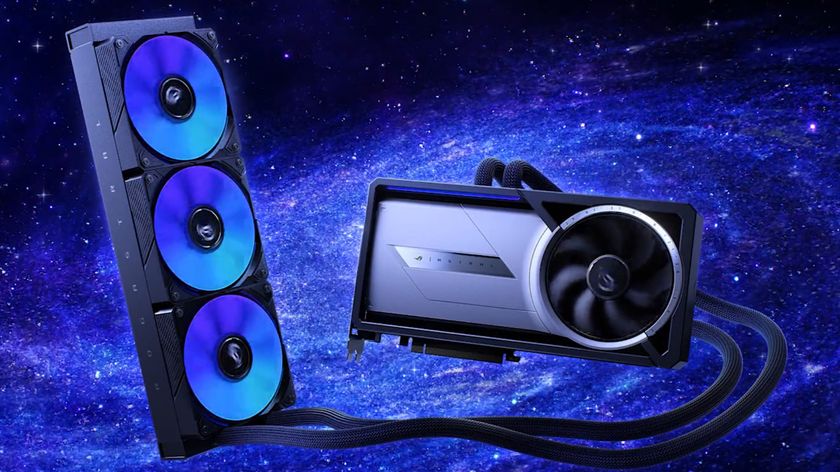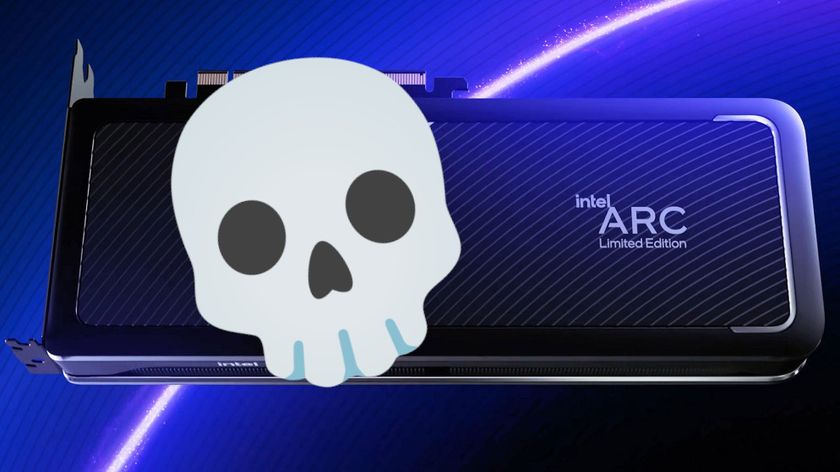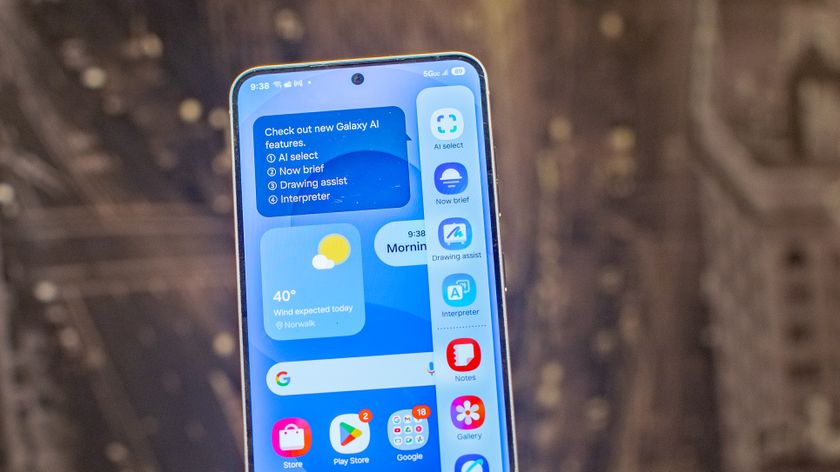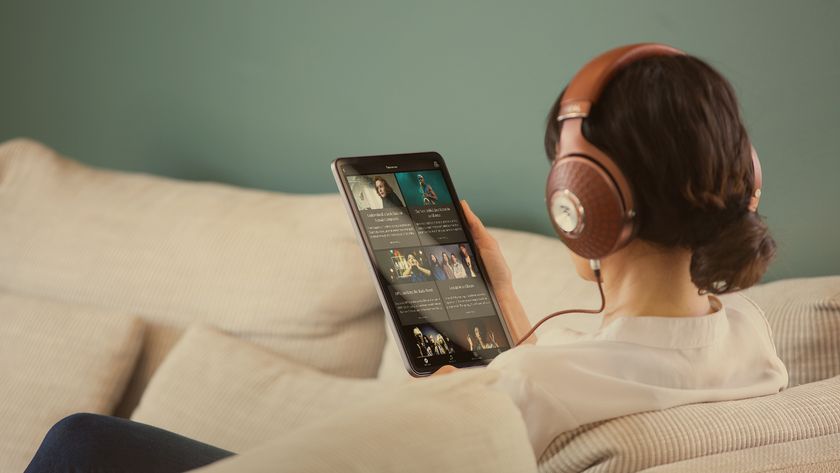Maintaining corporate standardization in the age of mobility
Standardizing to streamline
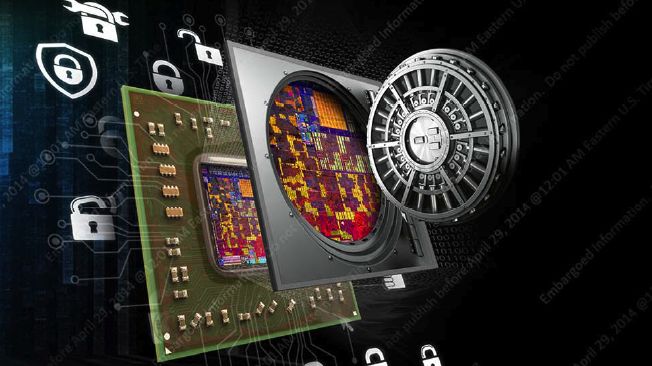
As business needs continue to expand and embrace flexible working, many companies have come to accept that different devices are required to meet the varying needs of different employees from the executives to the sales team and office aids.
This poses a few challenges for IT professionals. As the number of models increases to meet user requirements, it becomes increasingly difficult to provide high-level support at a reasonable cost to a growing portfolio.
This typically results in a segmented and costly support model. In order to streamline the IT support team's role and increase efficiency, IT pros have to make the wider business case for standardization.
There is a misconception that large organizations have endless resources, when in fact they are looking for value like everyone else. The Dr. Pepper Snapple Group faced this challenge as a result of having a large workforce with diverse skills.
Engineers require raw power and high performance, while executives demand light weight and convenience for extensive travel. Additionally, the sales force needs enough power to create and give presentations effectively with the durability to withstand their busy road schedules.
Choosing the right laptop
When looking for a laptop to standardize computer usage across the company, there are a number of factors to consider.
First and foremost, users look for a laptop that is light, powerful and durable to promote a flexible working environment while ensuring the same high-powered processing whether the employee is at home, on the move, or in the office.
Are you a pro? Subscribe to our newsletter
Sign up to the TechRadar Pro newsletter to get all the top news, opinion, features and guidance your business needs to succeed!
The back-office benefits for the IT department are also important so system administrators can produce one software image instead of several for an increasing number of laptops. The Dr. Pepper Snapple Group opted for an HP EliteBook 745, which enabled them to consolidate from six PC models to just three standard models. Powerful graphics processors ensured high-end performance for users in all areas of the company.
High performance processing units help drive productivity and collaboration in business by not only addressing the current needs of the workforce, but by offering new avenues for innovative working.
When choosing a laptop for standardization, end users expect to be able to run apps, edit documents, video conference and surf the web all at once without slowing down. Opting for a processor that has heterogeneous system architecture (HSA) technology is highly effective, as it maximizes the performance of the laptop by enabling intelligent prioritization of system tasks between graphics processing units (parallel processing) and central processing units (serial processing) by routing to the appropriate processor.
By choosing the right business-class laptop and keeping hardware consistent, users will have fewer compatibility issues. Promoting standardization is a great opportunity to improve the quality of working life for employees and increase the mobility of the workforce.
As a result of standardization, IT departments can support a simplified infrastructure and manage fewer technical issues from the end users, resulting in management cost efficiencies and satisfied employees.
- John Hampton is the Director of the Commercial Client Product Business Unit at AMD



